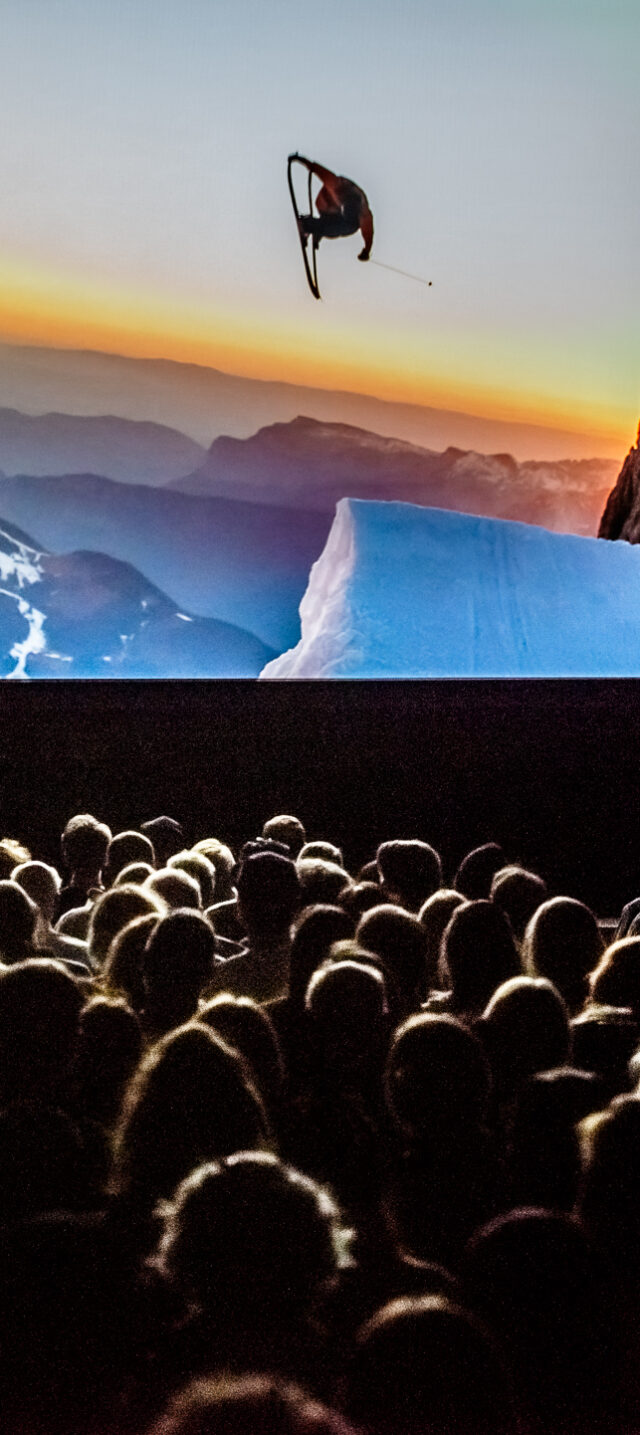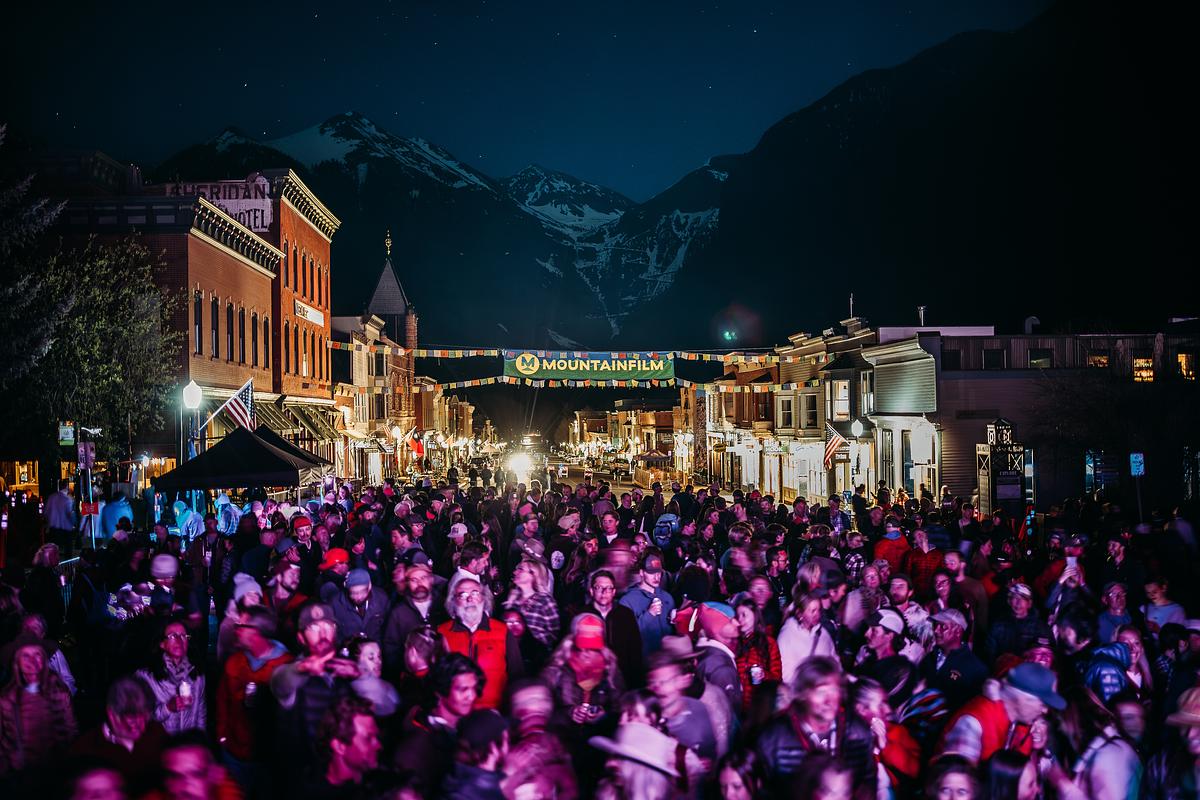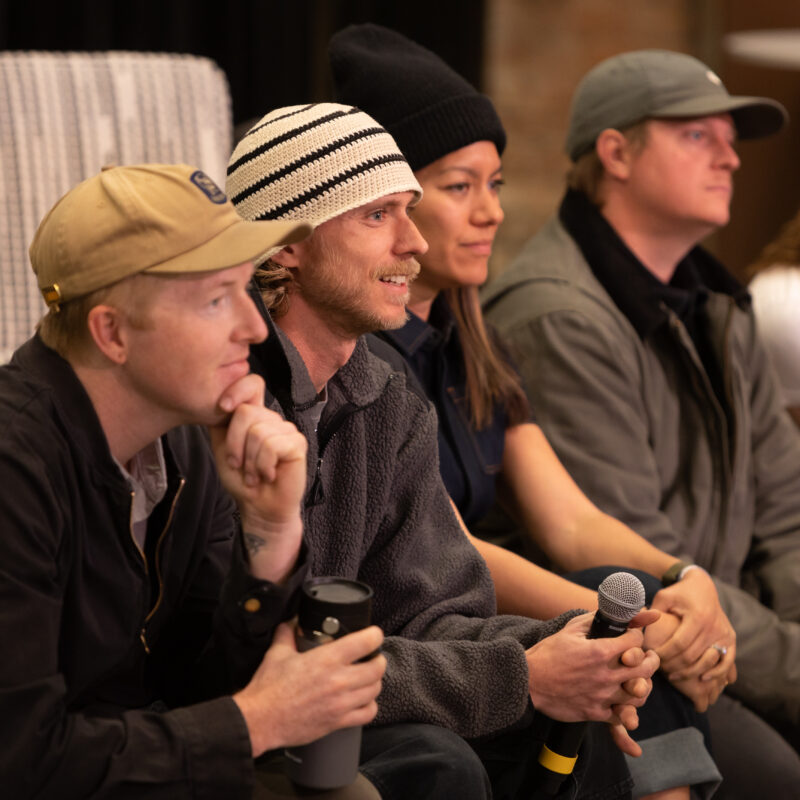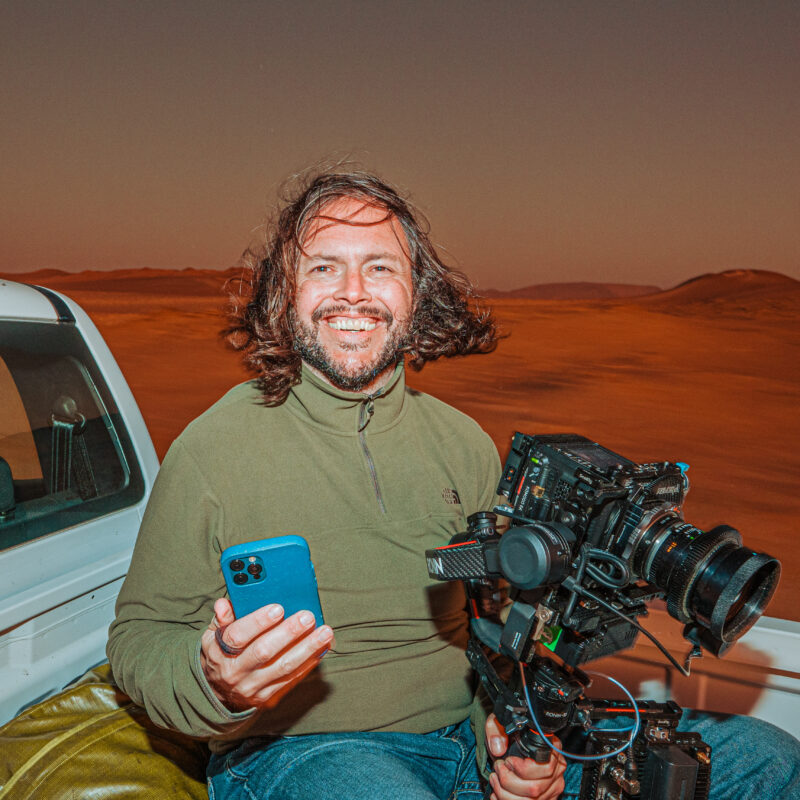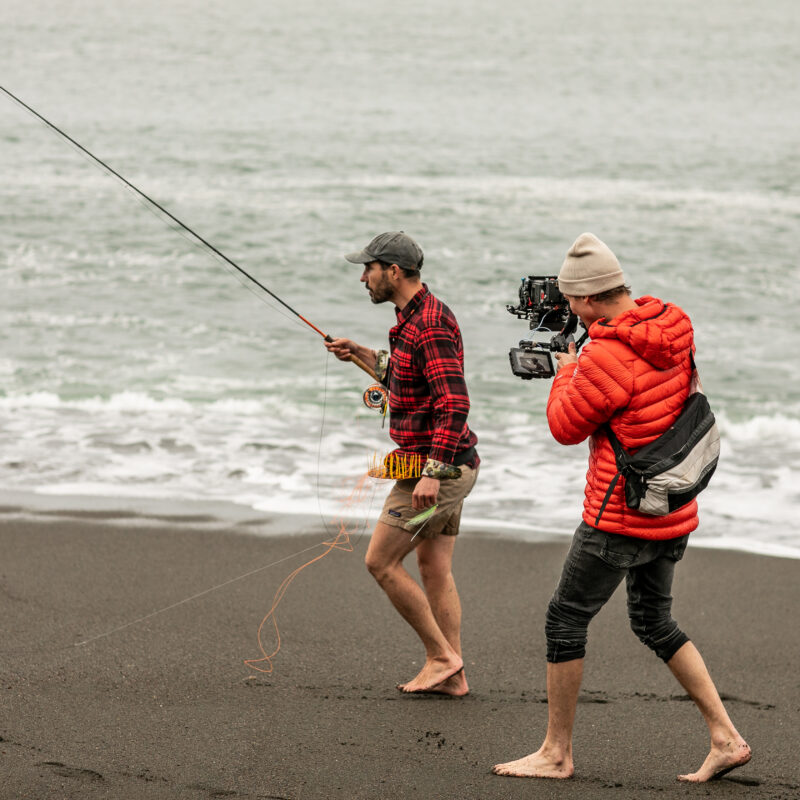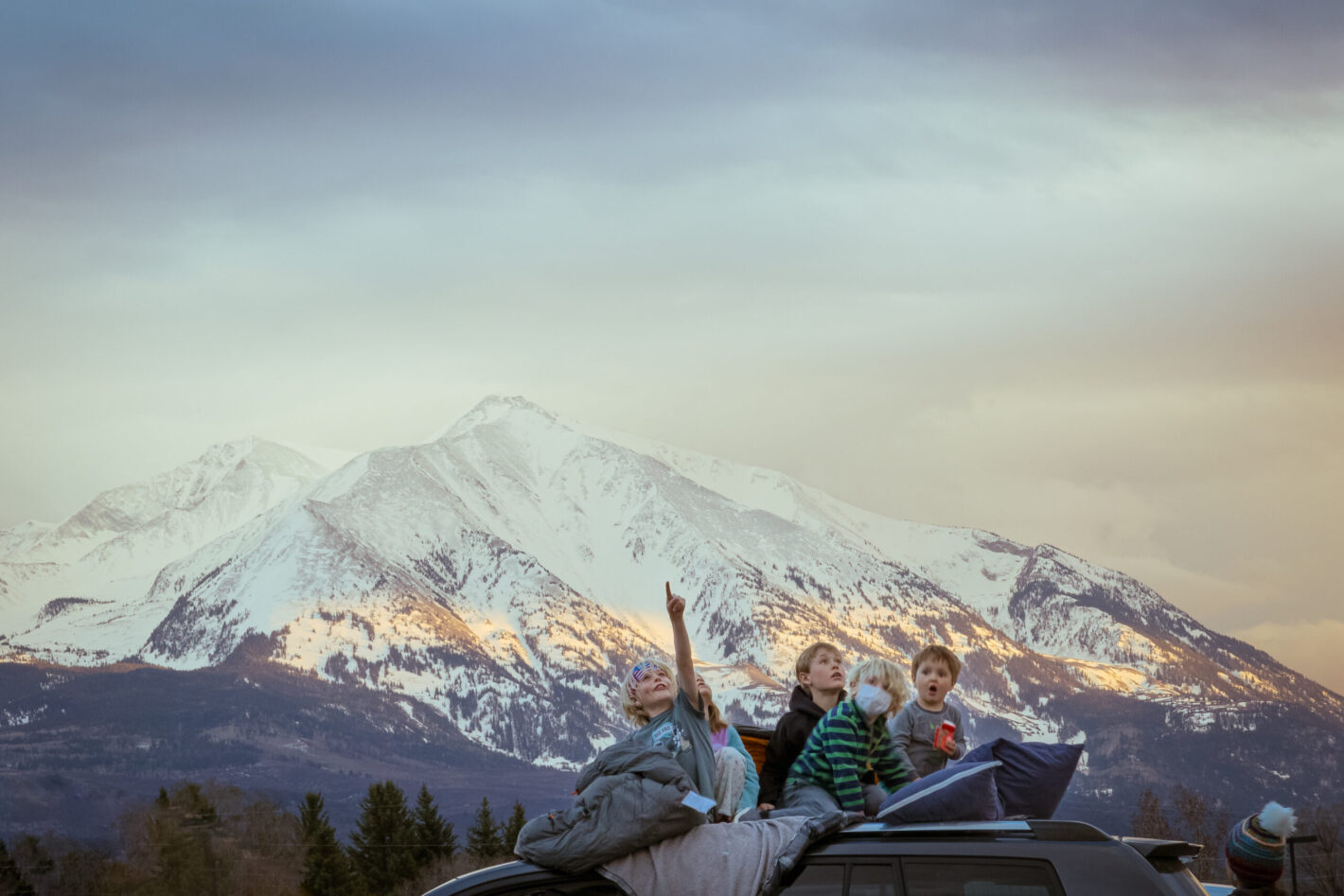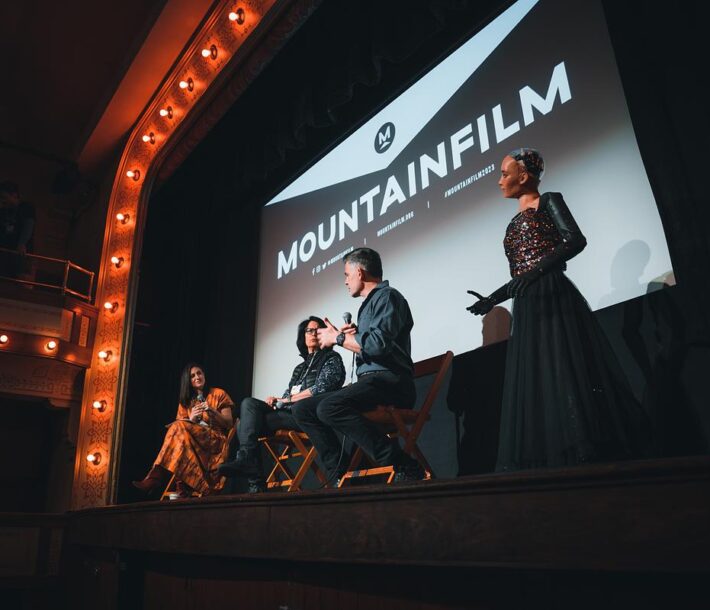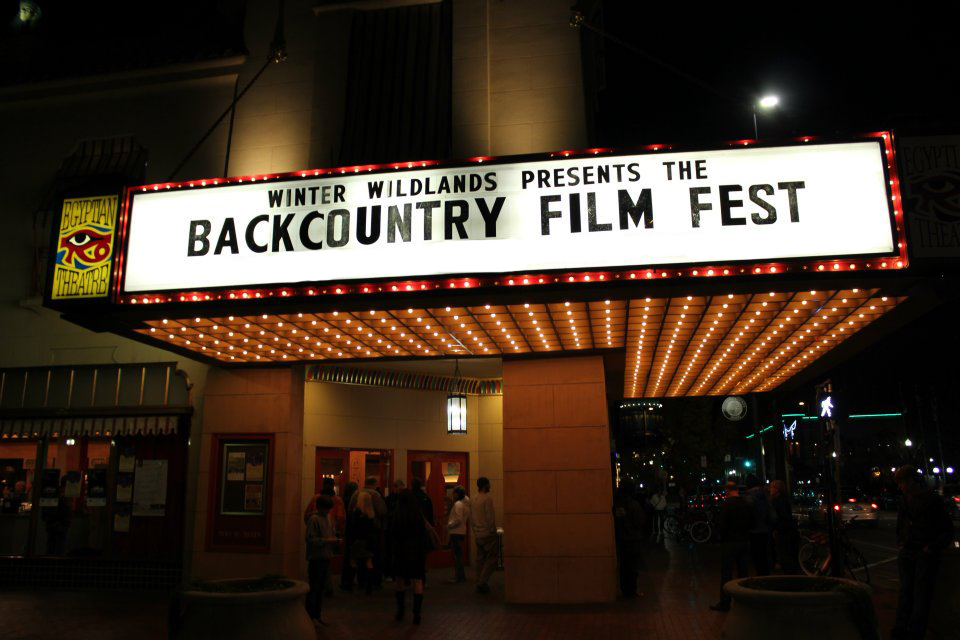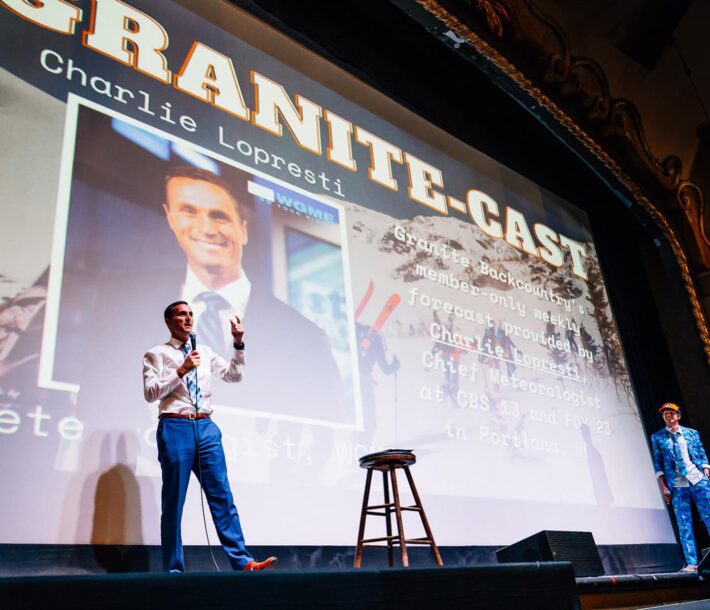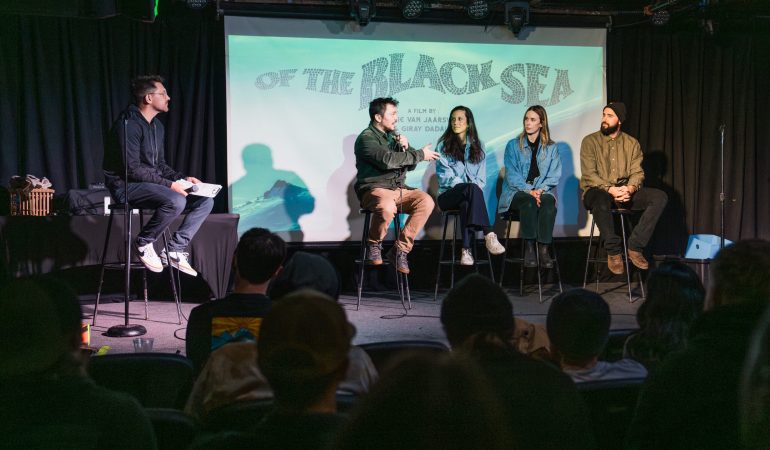Behind every award-winning documentary, bestselling book, or polished essay is a hidden crush of work, often solitary and isolating, when the creator is staring at a cursor on a blank page or sifting through hours of B-roll on Adobe Premiere, wondering how this is all going to come together. Momentum builds one word or frame at a time until the arc of a story reveals itself. Revision leads to fine tuning. Then, the time comes to let it go and share the project with an audience. No matter the medium, that moment is always like gathering yourself for a leap into some dark pool of water far beneath your feet.
“Part of the process of letting go is releasing any thoughts of how you or your piece will be received,” writes Rick Rubin, in his book, “The Creative Act.” In the case of documentary films, the letting go happens as the theater lights dim and the story unfolds in front of a live audience.
This moment is one that Australian filmmaker Charlie Turnbull knows well. In 2018, Turnbull’s documentary “Bikes of Wrath” screened at 5Point Adventure Film Festival’s premiere, in Carbondale, Colorado. It was the first film he’d made and 5Point was his first film festival. “I was very, very nervous,” Turnbull says.
Turnbull’s film follows five cyclists who, inspired by John Steinbeck’s Pulitzer Prize winning novel, “Grapes of Wrath,” retrace a route established during the Dust Bowl, when people fled bankrupt and ecologically devastated farms in Oklahoma for promises of work and a better future in California’s Central Valley. That year, “Bikes of Wrath” screened at 40 film festivals across the United States and internationally, winning multiple awards, including 5Point’s Spirit of Adventure Award.
Turnbull remembers 5Point as unique among the film festivals he attended. At the Carbondale premiere, 5Point transforms a gymnasium into a theater large enough for 800 people. The audience includes filmmakers and also adventurers, athletes, photographers, artists, writers, students, and environmentalists. After the credits rolled, Turnbull went on stage for a question-and-answer session. It was those interactions, combined with a grassroots, communal, welcoming spirit that encompasses the entire five-day long festival, that made 5Point so memorable.

